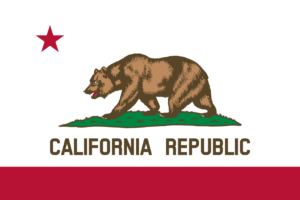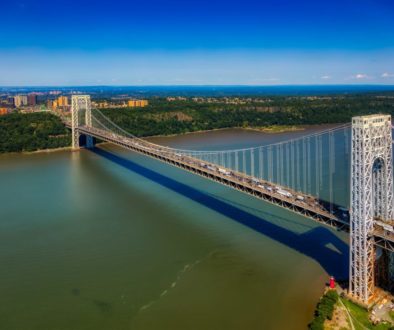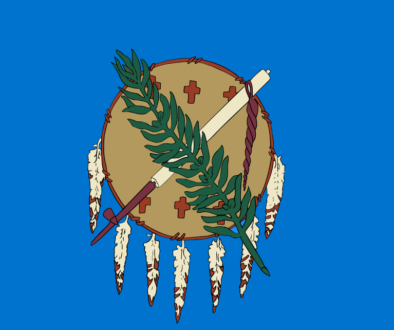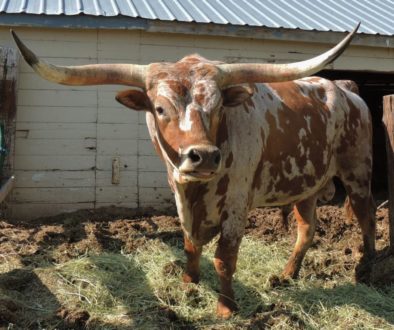California
History: California was first explored and settled by the Native Americans many thousands of years ago. European exploration started in 1542, with Cabrillo claiming the land for Spain. But settlement did not start until 1769, when the first mission were founded by Spanish priests in San Diego. California was part of New Spain until 1821, then part of Mexico from 1821 to 1846. American settlers rebelled against Mexican rule in 1846, and established the independent California Republic under the Bear Flag. After the Mexican-American War, it was ceded to the United States. California became a state on September 9, 1850. It is one of only four states that were independent countries before joining the U.S.
Economy: The California’s economy by itself is the 5th largest economy in the world, behind only the countries of United States, China, Japan, and Germany. The Greater Los Angeles Area and the Greater San Francisco Area are the 2nd and 3rd largest urban economies in the U.S. California has a very diverse economy; major sectors include financial services, trade and transportation, government and military, education, health, manufacturing, agriculture, and entertainment and tourism. California is a major port for international trade with other Pacific countries.
Climate: Most of California has a Mediterranean climate, with hot, dry summers and mild, rainy winters. Northern California, along with the high mountains have snow in winter; while the deserts experience very hot summers and mild winters. Most of the rainfall occurs in the northern half, which resulted in the California Aqueduct system to bring water to the dry south.
Geography: California is part of the Pacific Region. There are many different biomes in California, such as desert, forest, grassland, freshwater, marine, and mountain. California is home to the lowest point (Death Valley, -279 ft) and the highest point (Mt. Whitney, 14505 ft) in the continental 48 states. The Central Valley area is a huge plain that supports much agriculture and livestock activity. The Coastal and Sierra Nevada mountain ranges run almost the entire length of the state.
Fun Facts:
- California has two (Los Angeles and San Diego) of the largest cities of the U.S. and is the most populous state.
- The redwood is California’s official state tree. Some of the giant redwoods in Sequoia National Park are more than 2,000 years old.
- The state motto is Eureka !, meaning “I have found it” referring to the discovery of gold at Sutters Mill in 1849.
- More turkeys are raised in California than any other state.
- California’s nickname is “The Golden State”.
- All Shook Up – It is estimated that there are approximately 500,000 detectable earthquakes in California every year.
Points of Interest:
- Ronald Reagan Presidential Library and Museum in Simi Valley
- California State Railroad Museum in Sacramento (largest of its kind in North America)
- Hollywood Bowl in Los Angeles, the world’s largest outdoor amphitheater
- California Caverns, said to be one of the most extensive system of caverns and passageways in the U.S., is in the Mother Lode
- National Parks (most of any state) – Redwood, Lassen, Yosemite, Kings Canyon, Sequoia, Pinnacles, Death Valley, Channel Islands, and Joshua Tree
- Big Sur coastline, one of the most scenic drives in the world
Six additional sites for more information:
en.wikipedia.org/wiki/California
www.netstate.com/states/intro/ca_intro.htm
https://www.infoplease.com/california
https://www.usnews.com/news/best-states/california




